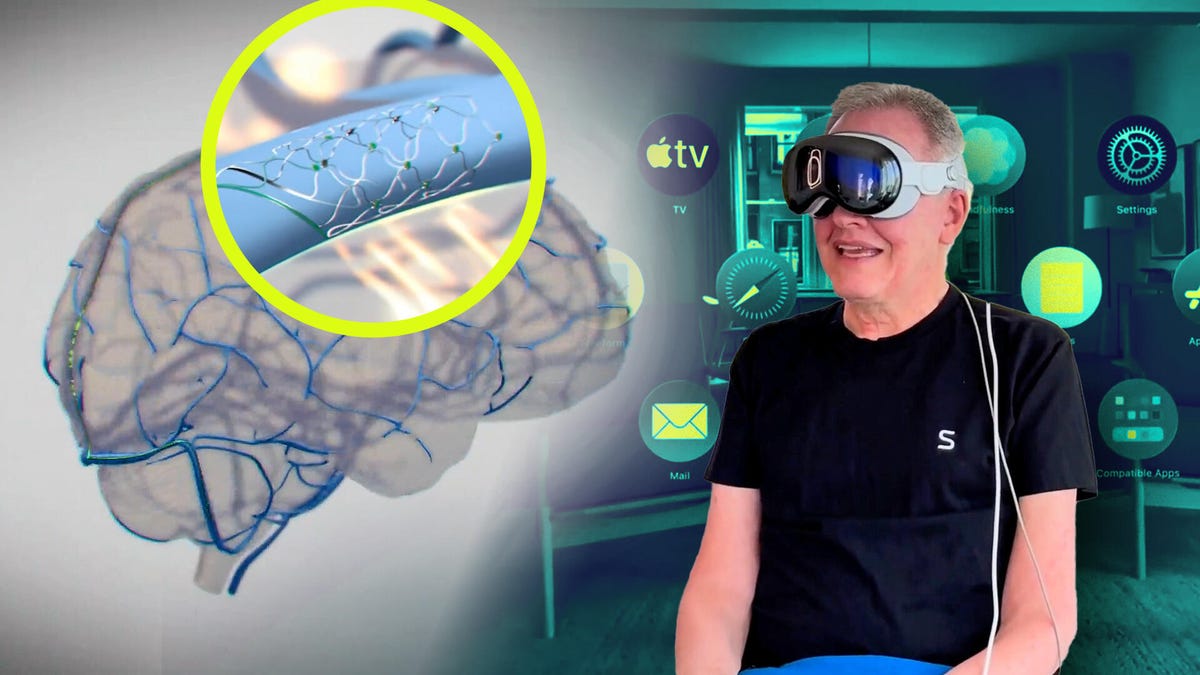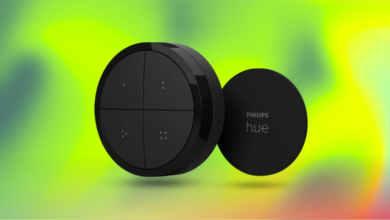First use of Brain Implant with Apple Vision Pro, Amazon Alexa – Video

First use of Brain Implant with Apple Vision Pro, Amazon Alexa
First use of Brain Implant with Apple Vision Pro, Amazon Alexa
Mark here can control a smart home and an Apple Vision pro using just his thoughts thanks to a brain implant from a company called Synchron. As the company gears up for the next round of clinical trials, we spoke to Tom Oxley, founder of Synchron, to find out how it works. What these milestones mean, what comes next, and how a brain implant designed to turn people’s thoughts into action will respond to a user’s dreams. Let’s get into it. Syn Chron’s brain computer interface BC is designed to allow people with paralysis to control digital devices using their thoughts. The company recently announced two new milestones. The first use of his BC with Amazon Alexa and the first use of his BC with the Apple Vision Pro. The reason we’re especially excited about Alexa is that it solves many of the areas within the activities of daily life. Marking. One of Syn Chron’s trial participants was able to use Amazon’s Fire tablet to turn lights on and off, see who’s outside using a blank security camera, start video streaming, and much more using just his brain and BC to synchronize. Alexa is traditionally viewed as a voice-based system. And so this would open up the availability of Alexa control to people who don’t have voice control. Apple Vision Pro, on the other hand, is typically controlled by eye tracking or eye control in combination with hand gestures. Synchron BC presents an alternative to hand gestures for people without using their hands. Oxley says this navigation is made possible by Apple’s assistive touch accessibility features and that combining eye gaze or eye tracking with ABC I could have some benefits. Otherwise you use a lot of the computing power of the BC I to solve the trajectory problem, which is solved very nicely with eye control. But the problem is that you don’t have the option to make different types of selections, maybe left click, right click, click scroll, copy, drag the menu back. So if you can control those discrete keystroke functions on top of the eye gaze, then you have a really nice, synergistic, natural synchronization. Straw BC I is implanted with a catheter in a blood vessel near the motor cortex. Once in place, users can generate actions on their digital devices using the BC I by thinking about moving their body. The intention of moving your hand versus your finger versus your foot looks different. One of our functions is as a, a dial or a scroll. So and that’s more about the intensity with which you try to move. So the ways you control your body’s strength, agility, and speed translate into a digital domain. What we will see in the coming decades is the continued emergence of different types of control functions emanating from the brain. So I think there will be a whole layer of software built around control functions that open up new ways of interacting with systems. These commands sent from the brain are called digital motor outputs. And Axley says that as this technology advances, new digital engine outputs will make these BC I devices more useful, capable and powerful for users. The sky’s the limit with how good it’s going to be and the more access to more brains, the more functions there will be. And that’s how BC I will continue to grow in a new milestone for the company. Synchron just announced the results of a year-long study that paves the way for a larger round of testing. We had six subjects receive centrode BC I devices, bringing the total to ten subjects. And so we’ve now collected five years of safety data since our first patient got a device in 2019 to date. We want to know if it causes any damage to the cerebral infarction? Does it cause blood clots? Does it move and cause blockages? And we’re pleased to report that none of these endpoints were met. Oxley says this is the next chapter in Synchron BC’s development. I’ll focus on reliability. Simplicity is really important. How do you turn the device on and off with your brain? What if you dream? How do you lock it? These simple things that we have solutions for? Since we use our hands, this needs to be resolved for BC I. Speaking of dreams, I had to ask if the brain signals from dreams cause users to take unwanted actions while their BC is in their sleep. And there’s a lot of electrical activity caused by sleep in the brain. We think of sleep activity as sound. We must ensure that sleep does not turn on the system. We spent a lot of time thinking about it and solving it. We’re still not there, but it’s an interesting problem. There is a registry at Synchron BC, i.com, where people interested in perhaps being part of the next round of trials can sign up. Thank you very much for watching. I’m your host, Jesse Orle. Until next time with the fan.




